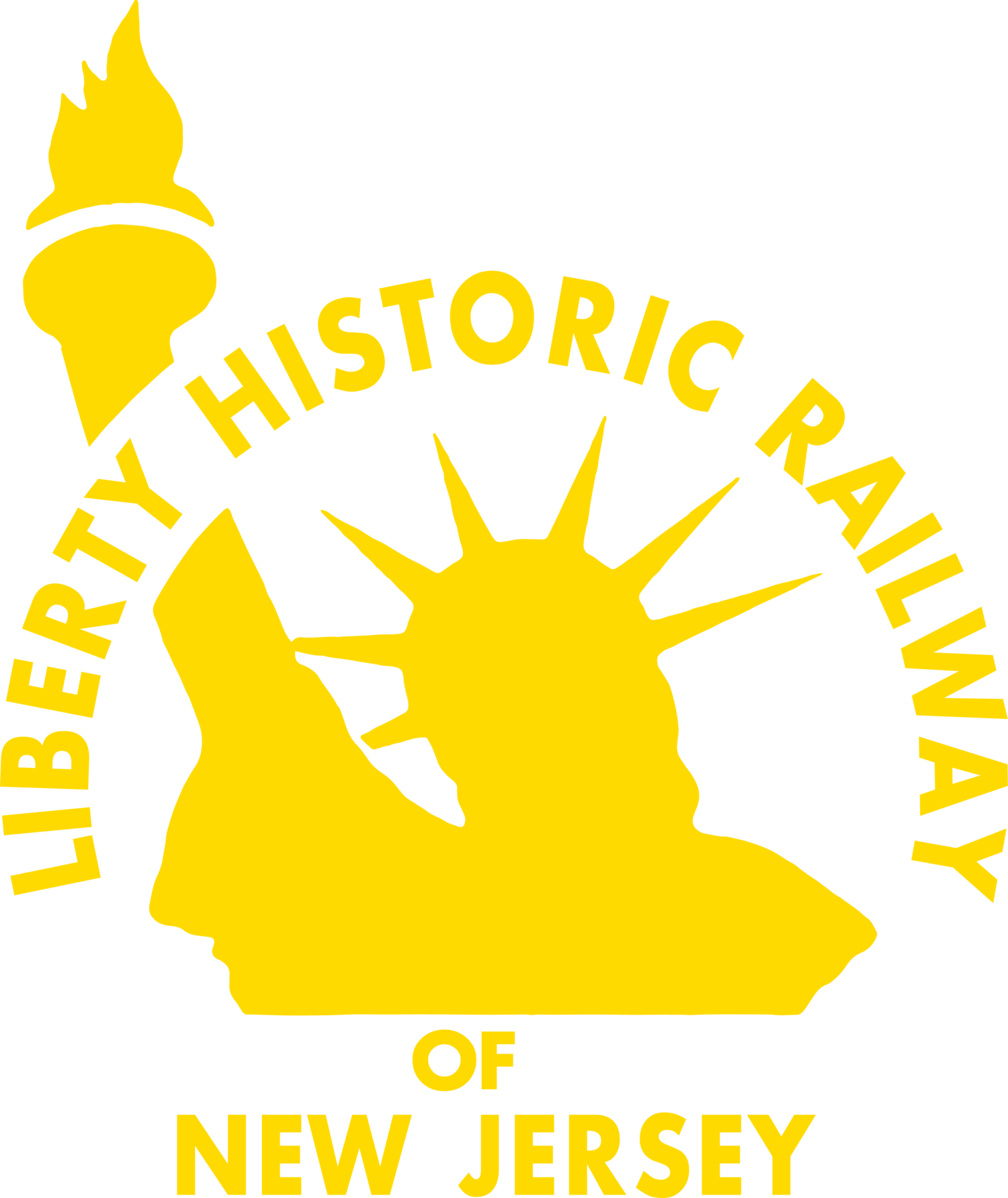Remembering John Taylor Johnston
compiled by Bill McKelvey and Frank Reilly
This gentleman can be credited with creating what has become Liberty State Park from the former tidal flats of Communipaw Bay in Jersey City. Johnston, a lawyer by education, was a director of the Central Railroad of New Jersey from 1847 to 1878 and was its president from 1848 (at age 28) to 1877. He became the second president of the Elizabethtown and Somerville Rail Road, reorganizing it as the Central RR Co. of New Jersey (CNJ) in 1849 when he began the push toward the Delaware River. John Taylor Johnston expanded the CNJ from a 25-mile local passenger carrier to a major 400 mile Anthracite coal carrier and one of the principal terminal railroads on the New Jersey / New York Harbor.
It was Johnston’s forethought that led to the acquisition of the Lehigh and Susquehanna Railroad in Pennsylvania and its extensive coal lands. It was his policy to develop the suburbs through which his railroad passed to promote the use of coal that would be transported by his railroad. Several towns along his railroad in Central New Jersey owe their existence to him. Through passenger service was established between NY City (via ferry connection to Elizabethport) and Pittsburgh via connecting railroads in 1859.
Johnston’s expenditures to secure low grades with good track alignment and to avoid grade crossings were far in advance of the railroad science of his time and were ridiculed by some of his competitors. The CNJ had more double track than any other NJ railroad in 1861. His railroad was the first in America to introduce uniforms for employees. In 1864 a bridge over Newark Bay was completed, allowing the CNJ to extend their terminal eastward from Elizabethport to Communipaw in Jersey City and the CNJ became the first railroad in NJ to operate sleeping cars in regular service. The Port Johnston Coal Docks were completed on Constable Hook in Bayonne by the Central RR of NJ in 1866. The 2,750 foot-long coal dock was named after the president of the railroad, John Taylor Johnston. At the time it was the largest coal dock in the world and employed 200 men, mostly Irish immigrants. Their job was to empty coal from railroad cars onto barges for shipment across Upper New York Bay, primarily to New York City. In 1876, the CNJ, in cooperation with the Philadelphia and Reading RR began operating trains between Jersey City and Philadelphia.
Mr. Johnston was a renowned collector of art and assembled one of the most important art collections in America at his landmark marble mansion at No. 8 Fifth Avenue in NY City. He was the founder of the Metropolitan Museum of Art and was its first active president, an office he continued to occupy until 1889. His gifts to the museum were many and its early collection was due to his generosity.
Johnston was also President of the Governing Board of the University of the City of New York and a member of the boards of the Presbyterian Hospital, the Woman’s Hospital, and the St. Andrew’s Society. He was a member of the Century Club, a Trustee of the American Museum of Natural History, the National Academy of Design, and the Yale Alumni Association. He was an Elder of the old Scotch Presbyterian Church and he took his full part in church councils. He was an influential member of several General Assemblies, in which he represented the New York Presbytery.
John Taylor Johnston, born in New York in 1820, died there in 1893 and is buried in Greenwood Cemetery in Brooklyn. The portion of the mile-long Belgian-block-paved Johnston Avenue in Liberty State Park, named for JTJ, was renamed Audrey Zapp Drive in the 1980s as a tribute to the activism of Liberty State Park’s “godmother” in opposition of commercial development in the park. A short segment of Johnston Avenue, remains in Jersey City, west of Liberty State Park. Let’s not forget John Taylor Johnston - the Avenue was created by Johnson!
